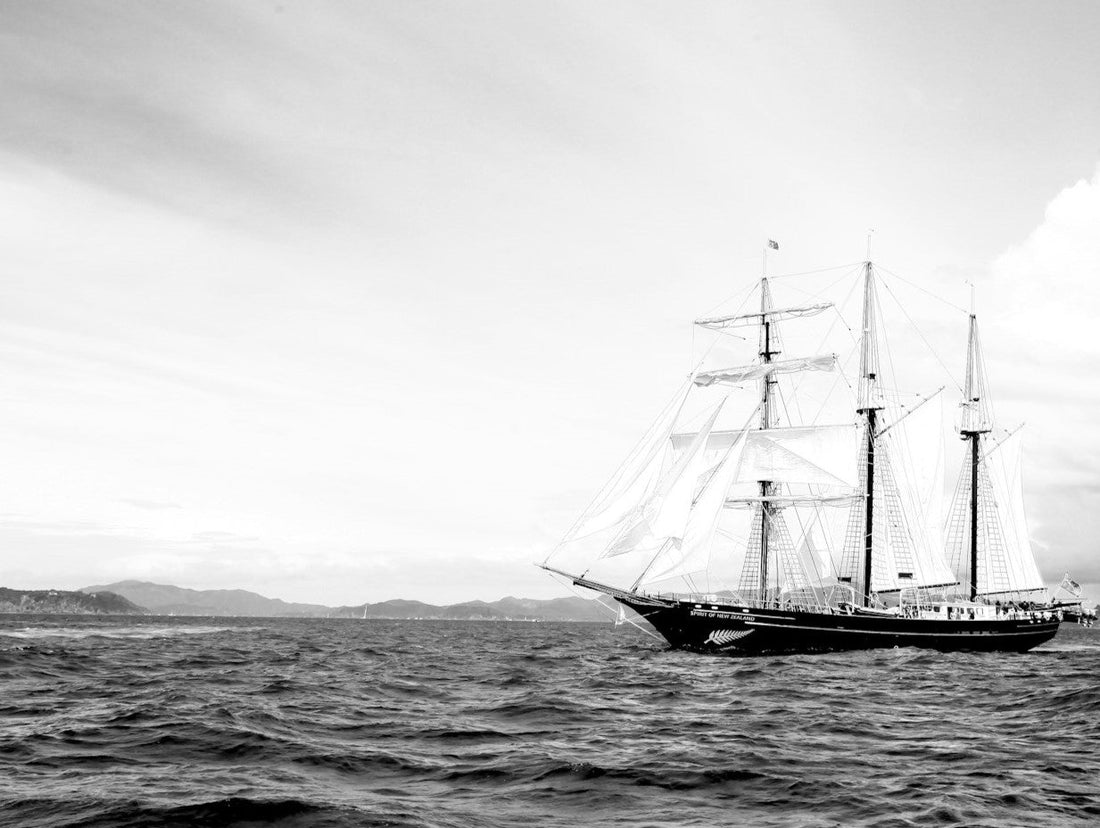Rum and pirates have been inseparable in popular culture for centuries. Whether in books, movies, or folklore, the image of a swashbuckling pirate with a bottle of rum in hand is well known worldwide. But how did this strong association come to be? Is it rooted in historical truth, or is it just a romanticized myth? In this in-depth exploration, we’ll uncover the real connection between rum and piracy, diving into its history, the role of the British Navy, and its lasting legacy in modern culture.
The Origins of Rum: The Caribbean’s Liquid Gold
To understand why pirates were so closely linked to rum, we first need to explore its origins. Rum is a distilled alcoholic beverage made from sugarcane byproducts, primarily molasses. It originated in the Caribbean during the early 17th century when sugar plantations, run by European colonial powers, began distilling leftover molasses into alcohol. This new drink quickly gained popularity among sailors, merchants, and, of course, pirates.
By the mid-1600s, rum production had become a booming industry in the Caribbean, with islands like Barbados, Jamaica, and Hispaniola becoming major producers. The availability of rum made it the drink of choice for seafarers, including pirates who often raided merchant ships carrying barrels of the spirit.
The Golden Age of Piracy and the Rise of Rum (1650–1730)
The Golden Age of Piracy, which spanned from around 1650 to 1730, was a time when pirates ruled the seas, particularly in the Caribbean and along the North American coast. During this period, many pirate crews were former naval sailors or privateers who turned to piracy after the War of Spanish Succession ended in 1714.
Rum played a crucial role in pirate culture for several reasons:
- Plentiful Supply: The Caribbean was the center of rum production, making it an easily accessible beverage for pirates who looted ships or traded with local merchants.
- Longer Shelf Life: Unlike beer and wine, which spoiled quickly on long sea voyages, rum remained drinkable for extended periods.
- Bartering Tool: Rum was often used as a form of currency, exchanged for food, weapons, or supplies at pirate-friendly ports.
- Morale Booster: Life at sea was harsh, and rum provided a temporary escape from the hardships of piracy.
Pirate Rum Rituals and Drinking Habits
While the popular image of pirates depicts them as reckless drunkards, many pirate crews had strict rules about alcohol consumption. Some pirate codes included penalties for excessive drinking, as it could lead to poor decision-making and conflicts among crew members.
One of the most famous drinks associated with pirates was grog, a mixture of rum, water, sugar, and lime juice. This concoction was originally introduced by the British Royal Navy in 1740 to prevent scurvy among sailors. Pirates likely adopted the drink as a way to stretch their rum supplies and reduce the effects of dehydration.
Pirates also celebrated victories, promotions, and successful raids with drinking rituals. Some captains, like Blackbeard, were known for their dramatic drinking habits, often mixing gunpowder into their rum to create a fiery spectacle.
The British Royal Navy and Rum: A Key Influence on Pirates
Although pirates were infamous for their love of rum, they were not the only seafarers consuming it in large quantities. The British Royal Navy played a significant role in popularizing rum among sailors.
In 1655, after the British captured Jamaica from the Spanish, rum replaced brandy as the official ration for naval crews. By 1731, British sailors were given a daily "tot" of rum, a practice that continued until 1970. Many pirates were former navy sailors who carried this rum-drinking tradition into their pirate lifestyle.
The Royal Navy’s rum rations also contributed to the spread of rum across the Atlantic, making it an essential trade commodity and further cementing its link to seafarers, including pirates.
Pirates and the Rum Trade: Smuggling and Raiding
Pirates didn’t just drink rum—they actively participated in the rum trade, sometimes legally but often through smuggling and raiding. Many pirate crews targeted merchant ships carrying sugar and molasses, essential ingredients in rum production. They would then sell or trade these goods in pirate-friendly ports.
Pirates also played a role in the Triangular Trade, a system in which rum was transported from the Caribbean to North America and Europe, exchanged for goods, and then used to purchase enslaved people from Africa. While piracy disrupted this trade at times, some pirates indirectly profited from the system by selling stolen rum and sugar.
Famous Pirates and Their Connection to Rum
Several legendary pirates had well-documented ties to rum.
Captain Morgan (1635–1688)
Perhaps the most famous name associated with rum, Captain Henry Morgan was a Welsh privateer who raided Spanish settlements in the Caribbean. While he was not a typical pirate, his name became synonymous with rum after the creation of Captain Morgan Rum, a brand that capitalized on his adventurous legacy.
Blackbeard (1680–1718)
The notorious pirate Edward Teach, aka Blackbeard, was known for his intimidating appearance and love of rum. It is said that he mixed gunpowder into his rum and set it alight as part of his fearsome persona. He also frequently raided ships carrying barrels of rum.
Calico Jack (1682–1720)
Famous for his partnership with female pirates Anne Bonny and Mary Read, Calico Jack Rackham was known for his love of fine clothing, rum, and reckless living. His flag, the Jolly Roger, became the iconic symbol of piracy.
Rum, Pirates, and Pop Culture: A Lasting Legacy
The romanticized connection between pirates and rum has endured thanks to literature, movies, and branding.
- Treasure Island (1883) by Robert Louis Stevenson cemented the image of the drunken pirate with characters like Long John Silver.
- The Pirates of the Caribbean film franchise reinforced the stereotype with Captain Jack Sparrow’s famous line: “But why is the rum gone?”
- Countless rum brands, including Captain Morgan, Blackbeard Spiced Rum, and Sailor Jerry, use pirate imagery to market their products.
Conclusion: Myth and Reality of Rum-Drinking Pirates
While the connection between pirates and rum is based on historical truth, it has been exaggerated and romanticized over the centuries. Pirates certainly drank rum, used it as currency, and played a role in the rum trade, but they also had strict rules about drinking to maintain order on their ships.
Today, rum remains a symbol of adventure, rebellion, and the free-spirited lifestyle often associated with pirates. Whether you’re sipping on a glass of aged Caribbean rum or watching a pirate film, the legendary connection between rum and pirates continues to capture the imagination of people around the world. Understanding the history behind Rum makes your tasting experience much more fun and enjoyable. Your journey with Rum is about to begin with El Cartel Rum Tasting Gift Box.

